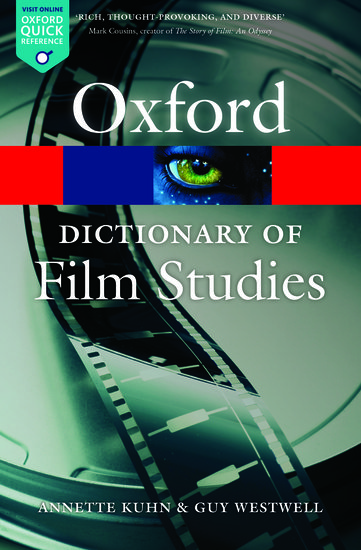What is the greatest film ever made? In an attempt to answer this question the editors of the British Film Institute’s journal Sight and Sound conducts a poll of leading film critics, scholars and directors. The first poll took place in 1952, when Vittorio De Sica’s Italian Neorealist classic Bicycle Thieves (1948) was declared the winner. Sixty years later, and with nearly 850 critics, scholars and programmers contributing, the results of the 2012 poll have just been published. The greatest film is now judged to be Alfred Hitchcock’s Vertigo (1958), a psychological thriller about obsession, starring Jimmy Stewart and Kim Novak.
The eagerly anticipated publication of the poll has already provoked much discussion in the blogosphere. A major talking point has been the relegation into second place of Orson Welles’s masterpiece Citizen Kane (1941), which had dominated the list for the past fifty years. There has also been debate about how those polled decide which films are of the highest quality. Sight and Sound offer little by way of guidelines for their respondents but a review of the brief notes and essays written by those polled indicate that the criteria for selection that recur from one person to the next include essence (the films display something unique and particular), specificity (the films make a contribution to extending what is possible using film as an artistic medium), and maturation (the films have stood the test of time). Another criterion for selection is that the films are the work of renowned auteur directors. A number of articles published by the editors of the French film journal Cahiers du cinéma from the late 1950s celebrated the work of certain auteur filmmakers whose films displayed a stylistic consistency and coherence and offered a personal vision of the world that transcended time and place. Although very few of those polled refer explicitly to the Cahiers critics’ politique des auteurs, authorship is nevertheless central to the formation of the canon and the selection of the top ten films is heavily dependent on this way of conceptualizing film as art.
Of course, many find these criteria to be limiting in the extreme. There is distrust of the emphasis on the director, for example, especially in a medium that is predicated on creative teamwork. It is telling that the one genre film that appeared in the top ten of the 2002 poll — Stanley Doyen’s and Gene Kelly’s much-loved Hollywood musical Singin’ in the Rain (1951) — has now dropped to 20th place. The film’s lack of any clear authorial signature and perhaps an over-abundance of levity might explain its fall from grace. Another genre, the western, does make it into the top ten for the first time: The Searchers (1956), the work of celebrated American auteur, John Ford, a film appreciated even by those who don’t like westerns.
The celebration of neglected work by female and feminist filmmakers is just one example of how critics have proposed alternative canons in order to redress the inevitable Eurocentric, white, male skew of the list (the highest listed film directed by a woman, Chantal Akerman’s 1975 Jeanne Dielman…, comes in at 36th place). Other commentators have objected to the notion of a film having intrinsic aesthetic value (with the word aesthetic used here in the sense of something outside the everyday, the political, and the historical). The usurping of Kane, read by many as a scathing politicized allegory of US capitalism, by Vertigo, a film that feels dreamily disengaged from the time in which it was made, may well be a sign of this preference coming to the fore. Another lament is the dearth of contemporary films in the top ten. The most recent film, Stanley Kubrick’s 2001: A Space Odyssey (1968), was released thirty four years ago, and three silent-era films — FW Murnau’s Sunrise (1927), Carl Dreyer’s The Passion of Joan of Arc (1927), and the Dziga Vertov’s city symphony Man With a Movie Camera (1929) — ensure that the overall balance is tipped firmly towards the first half of the twentieth century. Wong Kar-Wai’s In The Mood For Love (2000), which appears 24th in the list, is the highest placed film made in the new century, but there is as yet no critical consensus around what qualifies as greatness in contemporary cinema.
In his book Essential Cinema: On the Necessity of Film Canons, New York Times film critic Jonathan Rosenbaum makes an impassioned plea for the importance of the canon. The Sight and Sound poll and the debate it has provoked is essential for the cultivation of a vibrant film culture that is able to identify films of artistic value past, present and future and thereby resist the increasing dominance of the multiplex.
Image credit: Singin’ in the Rain movie poster. Copyright Turner Entertainment Inc. Used for the purposes of illustration in a commentary on the film. Source: Wikimedia Commons.




Recent Comments
There are currently no comments.